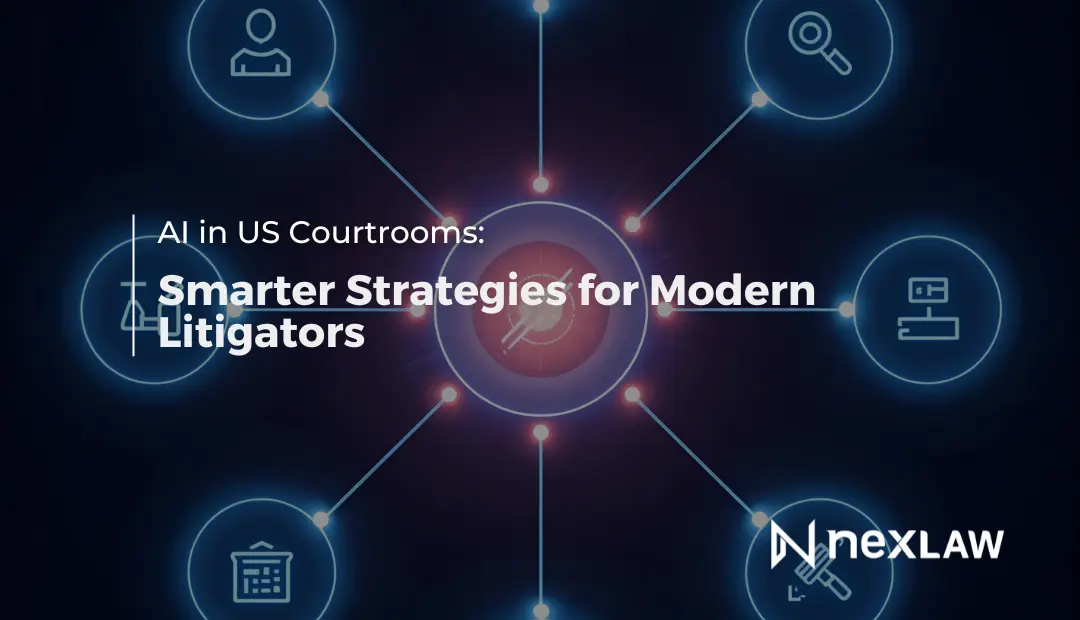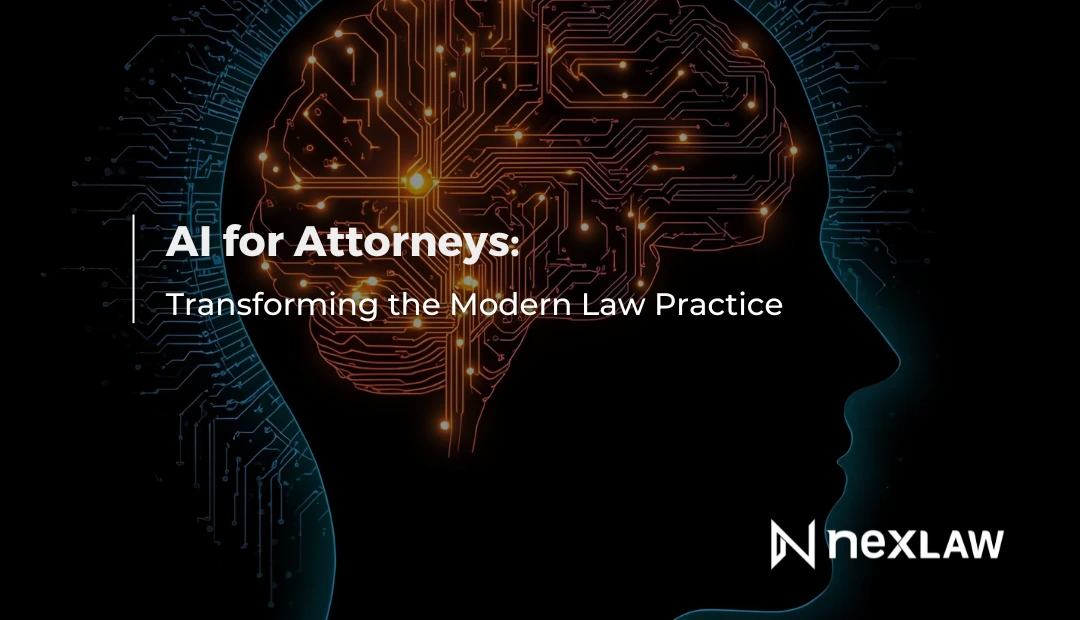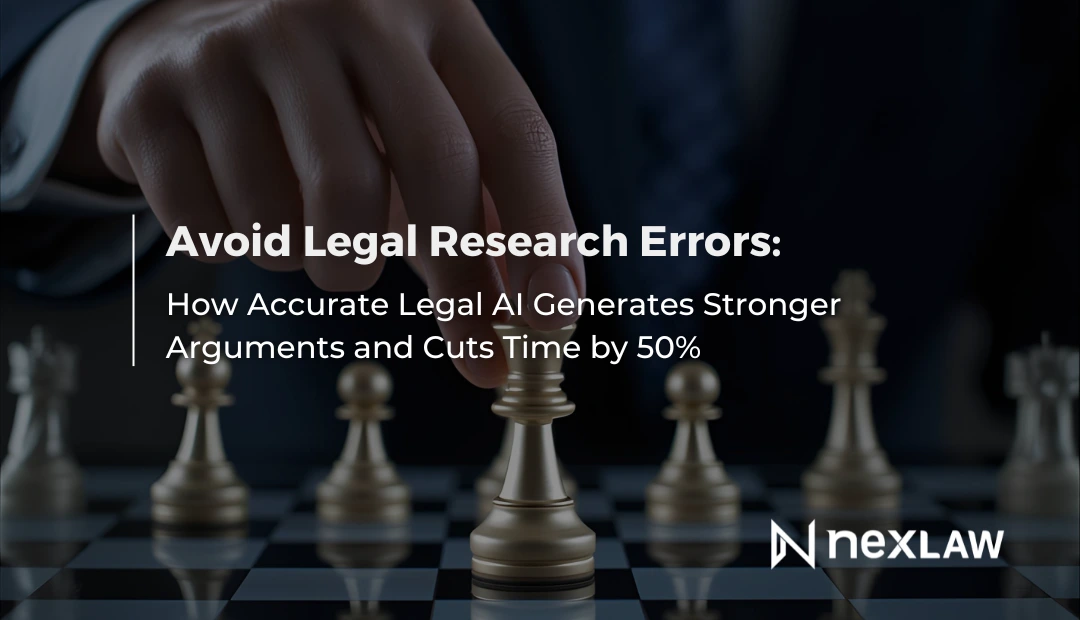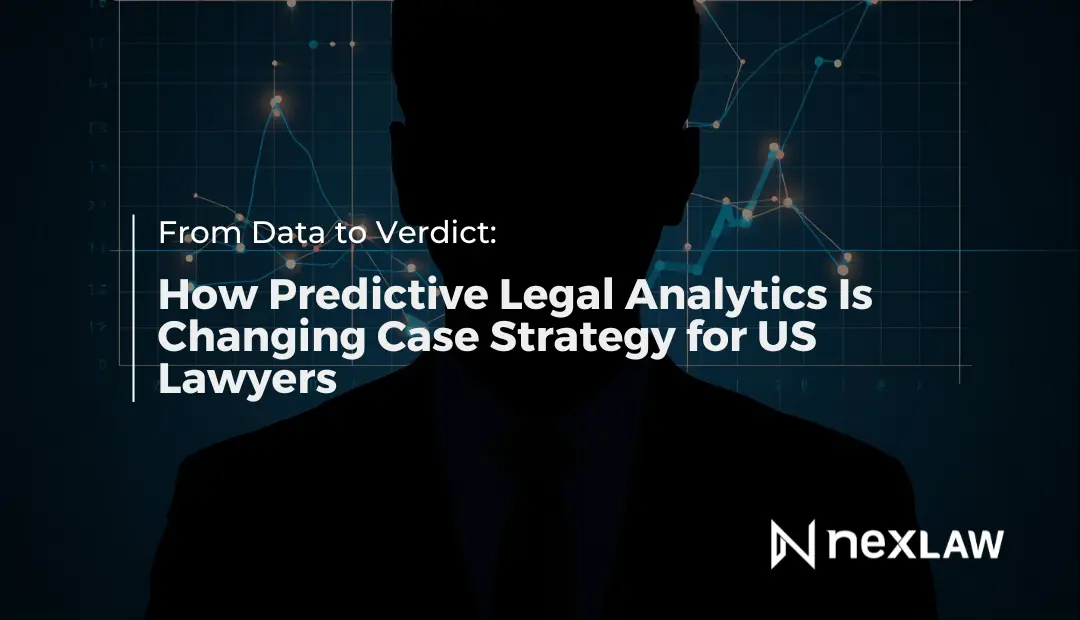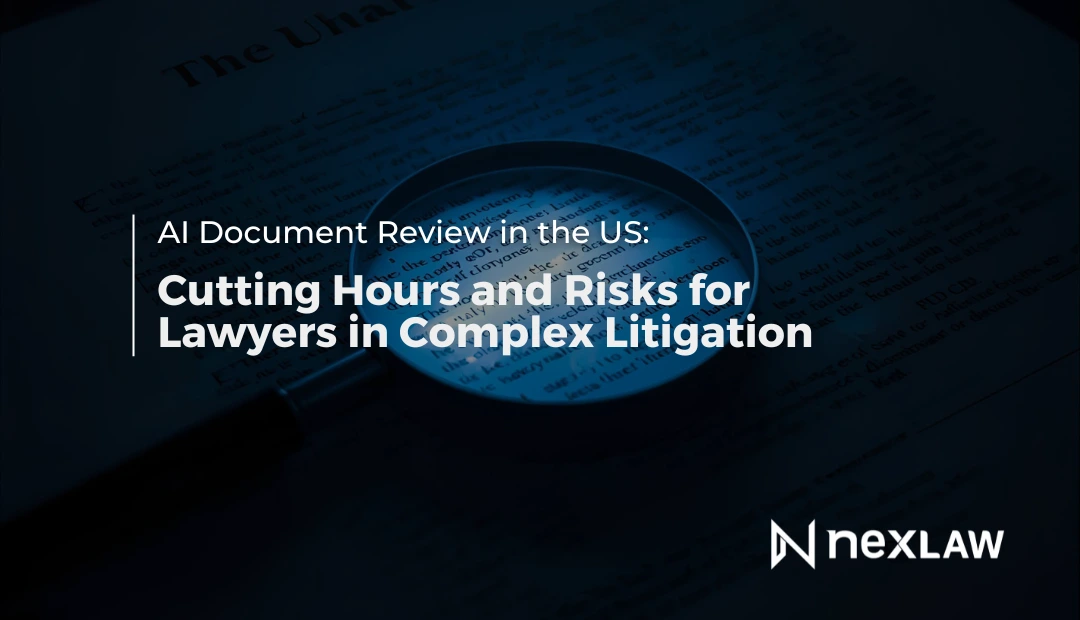AI in US Courtrooms: Smarter Strategies for Modern Litigators
The Courtroom Is No Longer Analog
For decades, courtroom practices lagged behind other sectors in terms of technology adoption. While legal research and case management systems evolved digitally, the courtroom itself remained a paper-heavy, manually operated space. That has changed.
Unlock Legal Insights Instantly!
In 2025, AI-powered tools are actively reshaping how litigators prepare, present, and adapt during trials. AI is no longer limited to back-office support. It now enters the courtroom as a strategic partner —helping attorneys process testimony in real time, adjust their motions, and support their arguments with instant legal context.
From real-time objections to AI-generated timelines, courtroom tech is changing the cadence of trial advocacy.
Where AI Is Making a Difference in Court
Today’s most advanced litigation teams are using AI for several core functions that improve clarity, reduce human error, and create faster strategic reactions mid-trial:
1. Real-Time Transcript Analysis
AI transcription tools now offer near-instantaneous text outputs of courtroom dialogue. But more than just words on a screen, these tools highlight inconsistencies with deposition transcripts, surface citations from similar cases, and suggest objections based on factual misalignment or procedural grounds.
For litigators, this means second-chair attorneys can monitor live testimony and feed objections, questions, or references to lead counsel —all powered by real-time analytics.
2. Jury Profiling and Behavior Mapping
During voir dire and throughout trial, some firms are using AI-driven tools to analyze publicly available juror data, demographics, social media presence, and even body language (where allowed) to flag potential bias or behavior patterns. These tools help litigators make informed decisions about peremptory strikes, seating order, and framing their opening statements for maximum juror engagement.
3. Judge-Specific Motion Guidance
AI can now generate briefings that reflect how a specific judge tends to respond to various motion types, what arguments have been historically persuasive, and how likely they are to permit late-stage filings or grant continuances. Attorneys can then adjust phrasing and focus in motions and oral arguments based on that judge’s known tendencies.
This has reduced the number of denied motions for many law firms and increased the speed of pre-trial approvals.
4. Exhibit Preparation and Narrative Visualization
Tools like ChronoVault 2.0 help trial attorneys organize and present evidence through AI-generated timelines, visual aids, and issue-based tagging. These visuals allow judges and jurors to understand sequences of events more clearly, especially in cases involving technical disputes, multiple parties, or overlapping timelines.
Combined with traditional storytelling, these visual tools support memory retention and reduce confusion during closing arguments.
Real-World Case Study: AI in Federal Commercial Litigation
In a federal fraud case in the Northern District of California, a litigation team used an integrated AI system during trial. As the defendant testified, the platform identified a key inconsistency between their courtroom statement and the deposition transcript taken six months prior. At the same time, the system pulled a ruling from a similar case in the same district, showing that a motion to strike based on conflicting testimony had previously succeeded.
Within minutes, the attorney used that precedent to file an oral motion. The motion was granted, and the testimony was stricken from the record —a pivotal moment that shaped the final verdict.
This case illustrated not only the power of AI in real-time litigation but the way it improves attorney agility under pressure.
Challenges and Ethical Considerations
Despite the clear advantages, using AI in courtrooms introduces important ethical and procedural questions. While some judges welcome AI-assisted advocacy, others remain cautious.
Here are a few ethical and logistical considerations firms must manage:
- Disclosure of AI Use: Some jurisdictions require attorneys to disclose if any visual exhibit or argument is AI-generated, especially when enhanced or simulated.
- Attorney Responsibility: AI tools can surface objections or suggestions, but attorneys must make the final call. The human lawyer remains ethically and legally accountable for decisions made in court.
- Evidence Chain of Custody: Any AI-labeled exhibits must maintain traceability and authenticity. Court clerks and opposing counsel must be able to verify the original source and modifications.
- Jurisdictional Compliance: Not all courts allow real-time analytics tools, especially those using wireless communication or external data pull-ins during live sessions.
The American Bar Association has released preliminary recommendations, and many state bar associations are expected to follow with localized ethics rules for courtroom AI.
Training Teams for AI-Enabled Litigation
Litigation teams looking to use AI in trial must prepare beyond just technical setup. It requires practice, role definition, and internal coordination.
Key steps include:
- Mock Trial Simulations: Run mock court sessions where attorneys and support staff practice live responses based on AI tool inputs.
- Paralegal Integration: Train legal assistants and second chairs on when and how to flag alerts or results from live analytics.
- Judicial Briefing: In some courts, it’s wise to notify judges ahead of time that AI-assisted strategy will be used —especially if visualizations or real-time objections are involved.
- Trial Prep Coordination: Ensure all documents, timelines, and references are well-tagged and prepared pre-trial to enable smooth retrieval during proceedings.
Lawyers who integrate AI into their existing courtroom rhythms are seeing reduced stress and stronger outcomes—without losing the human side of trial advocacy.
How NexLaw Supports Courtroom Excellence
NexLaw’s suite of litigation tools is purpose-built for court readiness. With ChronoVault 2.0 attorneys can:
- Automatically organize documents by theme, party, or event
- Generate courtroom-ready timelines with relevant precedent links
- Pull related rulings on-the-fly through NeXa’s legal research engine
- Transition directly into TrialPrep, with exhibits and strategy aligned to AI-generated analysis
Instead of toggling between separate systems, NexLaw provides a unified flow —from pre-trial research to courtroom execution.
Looking Ahead: The Future of Smart Litigation
Courtroom AI is still in its early stages, but adoption is rising quickly. Federal courts are beginning to embrace real-time tools in evidentiary hearings. State courts are following, especially in complex civil cases.
Over the next two years, we can expect:
- Increased standardization of courtroom tech policies
- More AI support for jury instructions and closing argument structure
- Broader access for small and mid-sized firms through SaaS-based platforms
- New performance data tied to courtroom outcomes and AI usage trends
Early adopters of AI litigation tools are already reaping the rewards: shorter trials, higher success rates, and happier clients.
Final Thought: Precision Meets Speed in the Courtroom
AI is not here to argue for you; it is here to help you argue better. In a legal environment where every second counts, AI gives U.S. litigators the ability to move faster, build stronger arguments, and avoid costly mistakes.
Start your 3-day free trial of NexLaw today and experience how tools like ChronoVault 2.0, NeXa, and TrialPrep transform your courtroom performance—not by replacing your skill, but by amplifying it.
